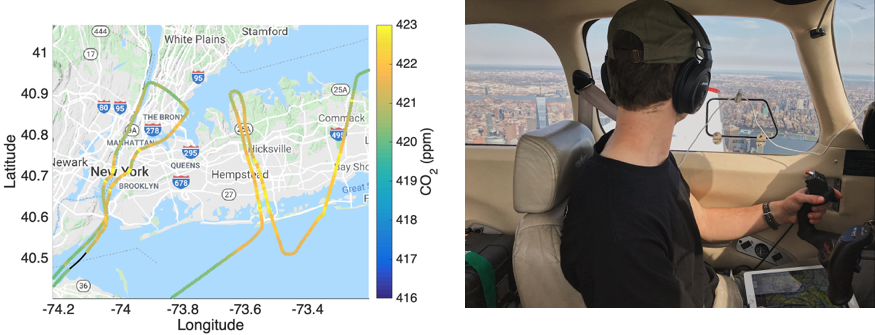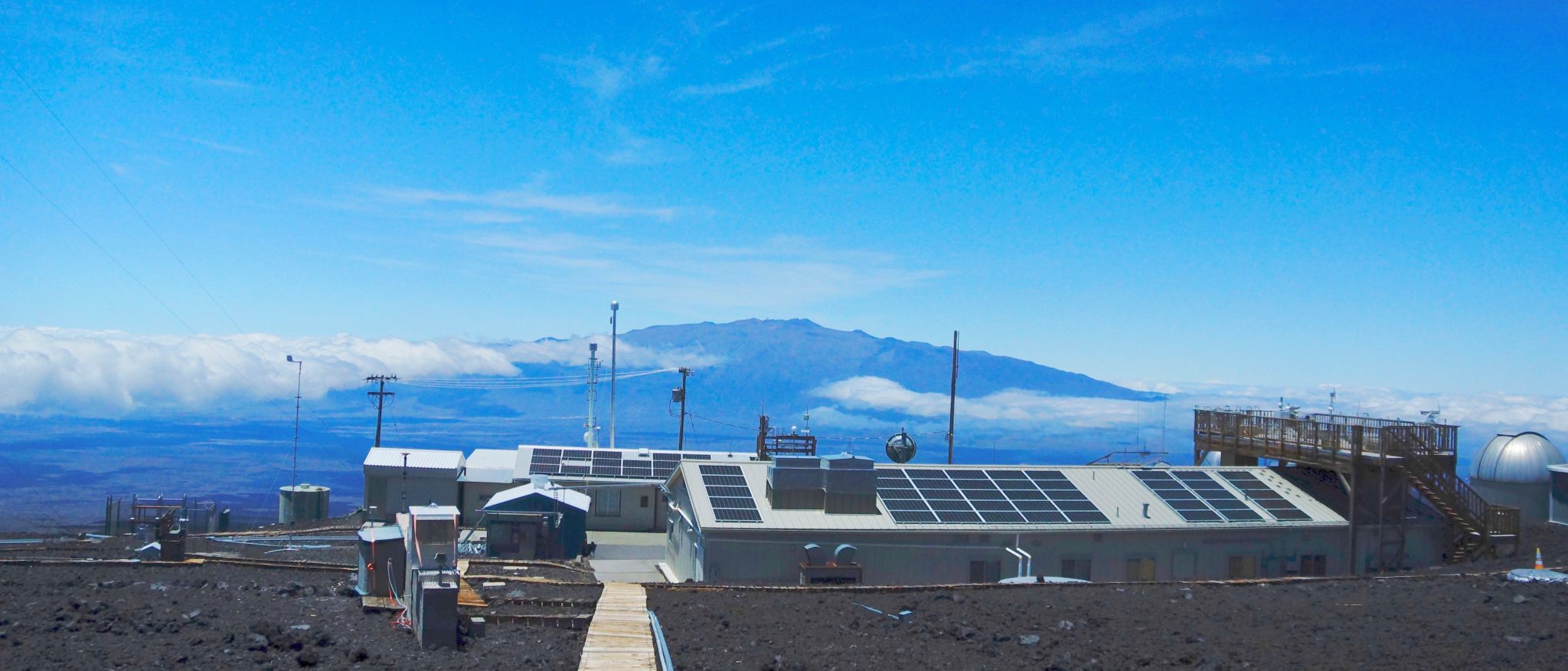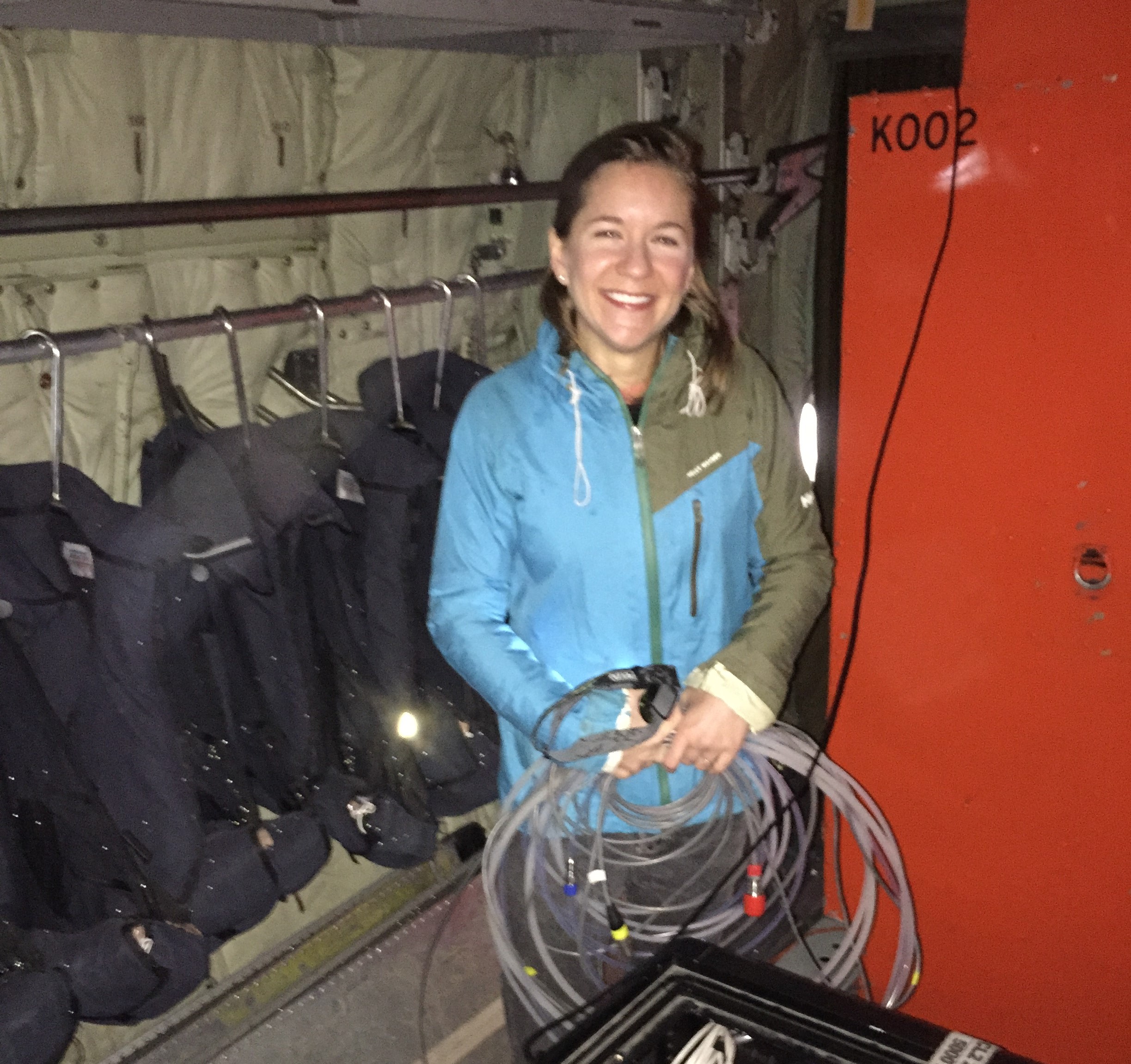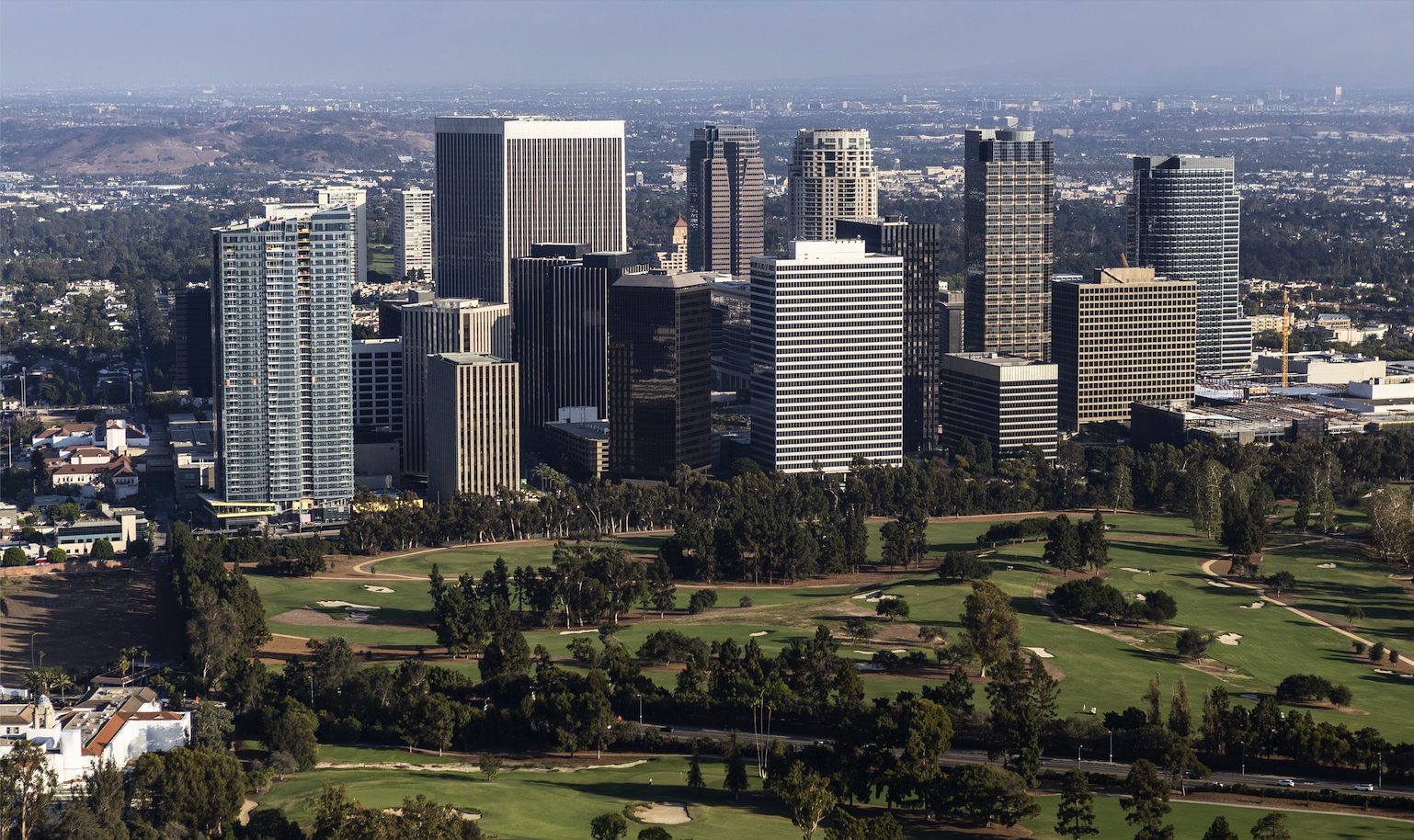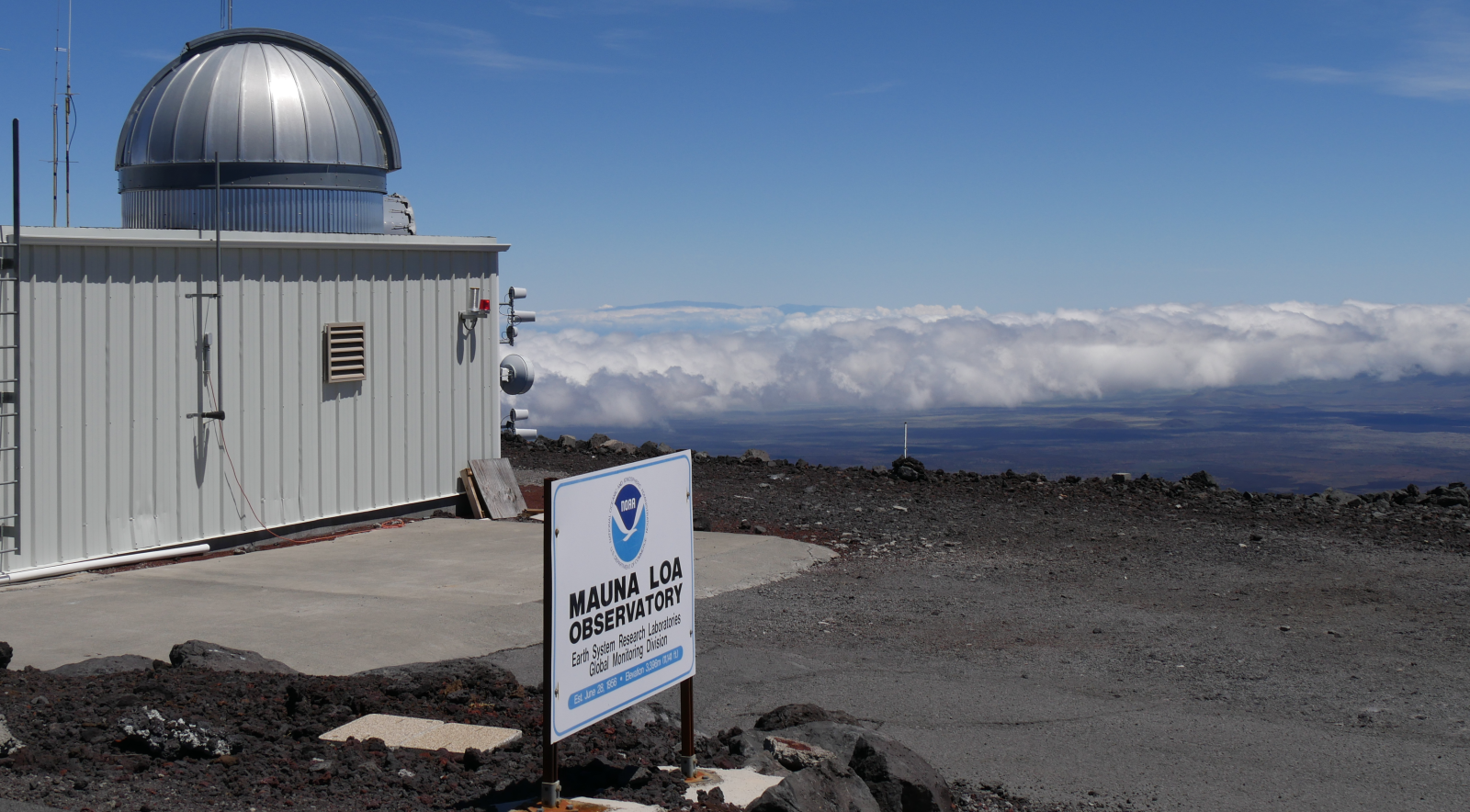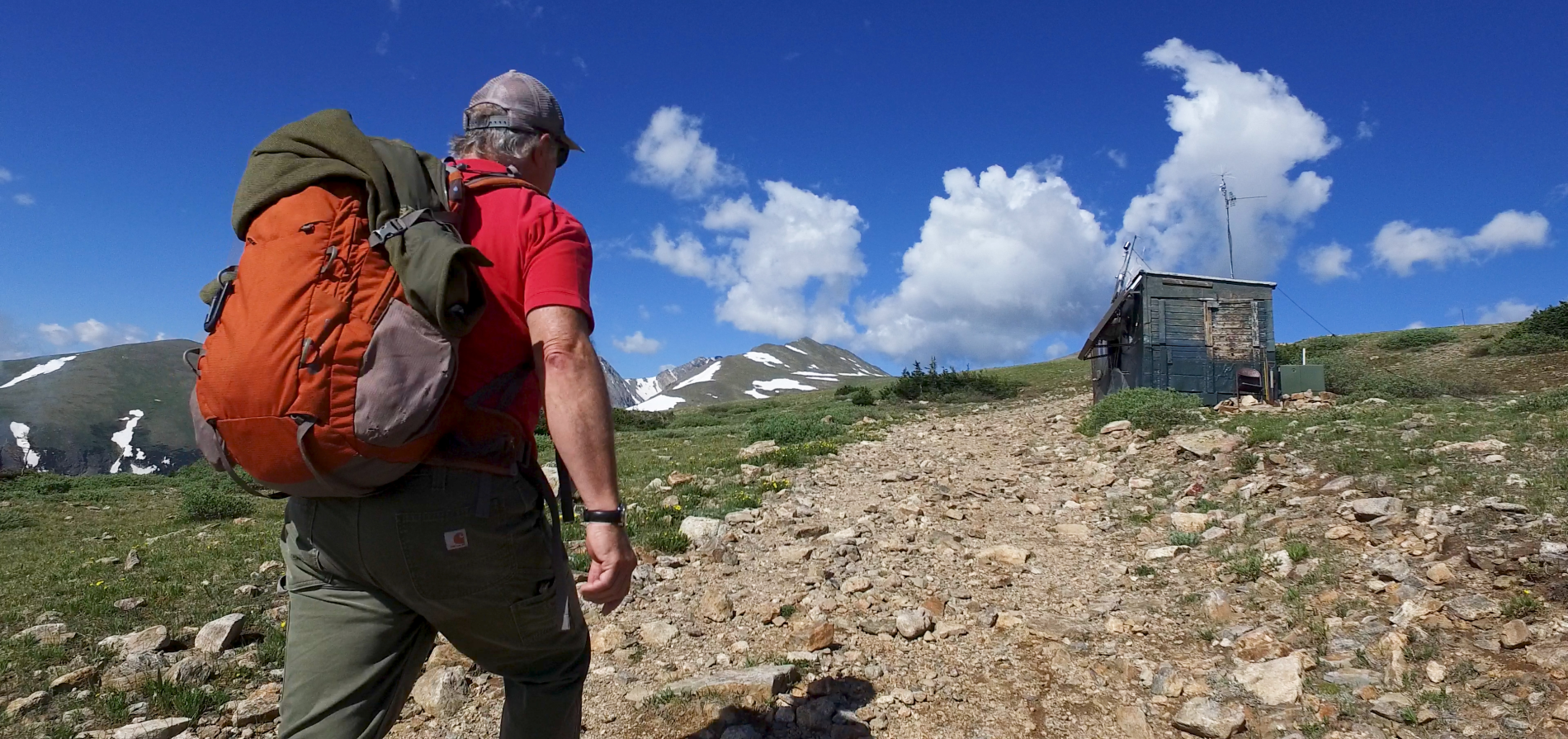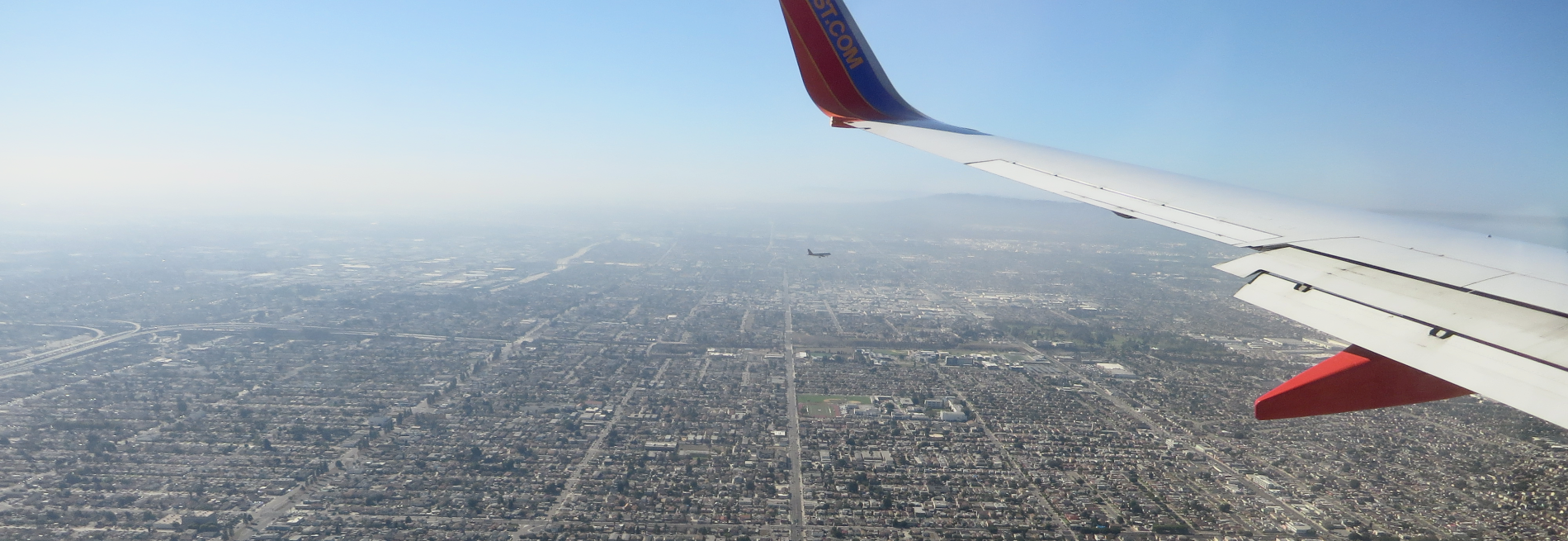News

April 10, 2021
Can we see a change in the CO2 record because of COVID-19?
April 7, 2021
Despite pandemic shutdowns, carbon dioxide and methane surged in 2020
Levels of the two most important anthropogenic greenhouse gases, carbon dioxide and methane, continued their unrelenting rise in 2020 despite the economic slowdown caused by the coronavirus pandemic response.March 25, 2021
Measuring greenhouse gases in Africa - while working from home in Boulder
A profile of Kathryn McKain, a research scientist with CIRES and GML.January 7, 2021
GML Scientist elected AGU Fellow
Dr. Edward J. Dlugokencky, Global Monitoring Laboratory, was awarded as an AGU Fellow for the class of 2020.October 12, 2020
Lawns provide surprising contribution to L.A. Basin’s carbon emissions
The Los Angeles Basin is often thought of as a dry, smoggy, overdeveloped landscape. But a new study led by NOAA and the University of Colorado, Boulder shows that the manicured lawns, emerald golf courses and trees of America’s second-largest city have a surprisingly large influence on the city’s carbon emissions.June 4, 2020
Rise of carbon dioxide unabated
Seasonal peak reaches 417 parts per million at Mauna Loa observatoryJune 1, 2020
Tracking fossil fuel emissions with carbon-14
Researchers from NOAA and the University of Colorado Boulder have devised a breakthrough method for estimating national emissions of carbon dioxide from fossil fuels using ambient air samples and a well-known isotope of carbon that scientists have relied on for decades to date archaeological sites.May 29, 2020
Warming influence of greenhouse gases continues to rise, NOAA finds
Record high levels of greenhouse gas pollution continued to increase the heat trapped in the atmosphere in 2019, according to an annual analysis released by NOAA scientists.May 6, 2020
NOAA exploring impact of COVID-19 response on the environment
NOAA has launched a wide-ranging research effort to investigate the impact of reduced vehicle traffic, air travel, shipping, manufacturing and other activities on Earth’s atmosphere and oceans.April 28, 2020
How to collect climate data during coronavirus? Strap on your skis.
The COVID-19 pandemic is taking a toll on science, but some research has kept going through it all, including a National Oceanic and Atmospheric Administration–led effort to keep tabs on the amount of carbon dioxide in Earth’s atmosphere.July 22, 2019
Airborne research shows East Coast cities emitting twice as much methane as estimated
A new NOAA and University of Michigan study using an instrumented airplane has found unexpectedly large emissions over five major cities along the East Coast - twice the total amount of methane and almost 10 times the amount estimated from natural gas.June 5, 2019
Surprisingly large carbon uptake by North American biosphere during El Niños
New analysis of NOAA’s long-term air samples by NOAA and CIRES scientists finds that the North American terrestrial biosphere takes up unexpectedly large amounts of carbon in response to elevated carbon dioxide levels during El Niño years.June 4, 2019
Carbon dioxide levels hit record peak in May
Atmospheric carbon dioxide continued its rapid rise in 2019, with the average for May peaking at 414.7 parts per million at NOAA’s Mauna Loa Atmospheric Baseline Observatory, scientists from NOAA and Scripps Institution of Oceanography at the University of California San Diego announced today.May 21, 2019
Rising emissions drive Greenhouse Gas Index increase
Record levels of greenhouse gas pollution continued to increase humanity’s impact on the atmosphere’s heat-trapping capacity during 2018, according to a yearly analysis released by NOAA scientists.May 15, 2019
US methane emissions flat since 2006 despite increased oil and gas activity: study
Natural gas production in the United States has increased 46 percent since 2006, but there has been no significant increase of total US methane emissions and only a modest increase from oil and gas activity, according to a new NOAA study.

